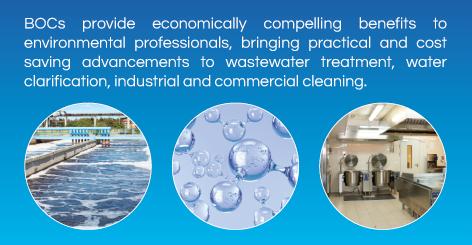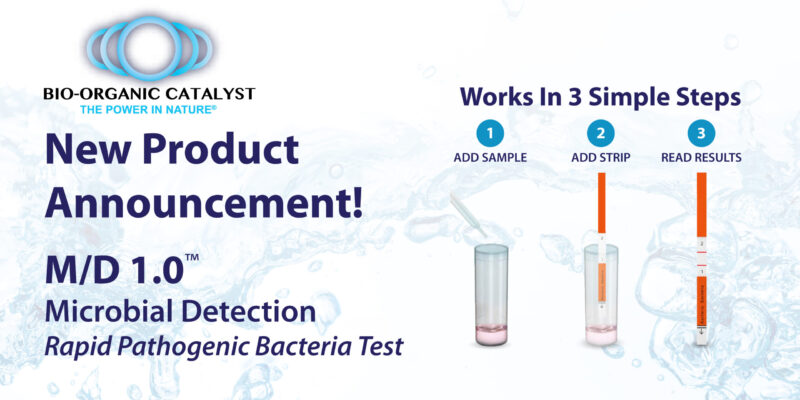Here is one of our distributors, Tratamientos Químicos Industriales -…
The Technology in Bio-Organic Catalyst
The Technology in Bio-Organic Catalyst
Bio-catalytic compositions are built upon the powerful bio-catalytic capabilities of a fermentation supernatant, derived from plants and minerals, offering a highly enriched and concentrated nutrient source. This is blended with surface modifying components into a very powerful liquid concentrate which, in water, create ultra-fine micro-bubbles that act as a platform for highly accelerated chemical and biological reactions for much higher conversion rates within water and solid waste treatment.

BOCs offer an extraordinarily powerful mechanism for allowing gases to cross membrane barriers, thereby increasing both biological processing vitality and reproduction rates.
- Rates of gas transfer are intimately tied to cellular respiration, and are a critical factor in the vitality of all aerobic and anaerobic biological processes.
- The ultra-fine micro-bubbles have very high gas transfer characteristics, with exponentially greater surface areas than are possible through mechanical aeration systems.
- The vastly improved gas transfer rates offer critical enhancement of the biological oxidation reduction rates of organic wastes and wastewater.

The breaking of molecular bonds, the enzymatic breaking of organic pollutants into more digestible components for microorganisms to consume as a food source, is also a critical element attributed to the gas transfer capability of BOCs, which we refer to as ‘beta oxidation’. This is extremely important in the making organic pollutants soluble, breaking the wastes into their constituent components. This is especially critical with the chronically problematic insoluble wastes known as (FOGs);
- Fats,
- Oils,
- Greases.
This revolutionary bio-catalytic chemistry vastly important in a broad array of environmental and waste conversion objectives by addressing the fundamental limiting factors in biological treatment processes.



